Background
The 5th World Trails Conference was held at the International Convention Center (ICC) in Jeju, South Korea from the 14th to the 17th of January 2014. It brought together trail experts from 45 organizations working in 18 countries including the USA, Australia, China, Denmark, South Africa, South Korea, England, Spain, Japan, Lebanon, Nepal, Russia, Taiwan and Greece. This was the third time that the Culture Routes Society (CRS) has represented Turkey at this conference that has been hosted annually since 2010 by Jeju Olle Foundation (one of the biggest and most well respected trail organizations in South Korea). Since its inception, numerous accomplishments have emanated from the conference including the formation of the World Trails Network (WTN) and Asian Trails Network (ATN).
Starting in 2016, the hosting of the conference will begin rotating amongst WTN members in various countries. This decision will enable differing local issues to be brought to global attention and will facilitate the greater promotion of the network’s trails in host countries. The Tottori Walking Resort Promotion Council in Tottori Prefecture, Japan will organize the 2016 Conference.
Opening Ceremony
The opening ceremony for the conference started with a warm welcoming speech by the head of Jeju Olle Foundation, Mrs Myung-Sook Suh, who visited the Lycian Way in 2014. This speech highlighted the conference theme as ‘To Go Further, We Walk Together’ and was followed by speeches and presentations by other local representatives, including the Governor of Jeju.
World Trails Network (WTN) and Asian Trails Network (ATN) Reports
The first day of the conference continued with the reports of WTN and ATN.
In its report, the WTN explained that its aims and activities fall within five main areas:
- Knowledge and resource sharing
- Sustainable and quality trails
- Training and networking
- Preservation of culture and bio-diversity
- Marketing and promotion
The WTN report reviewed the work it had undertaken over the previous year. The Culture Routes Society chairs the ‘Culture and Bio-Diversity Committee’ of the World Trails Network and the work of the committee was also featured. The report also discussed the ‘Friendship Trail’ program, under which the Jeju Olle Foundation has partnered with other organizations to cross-promote on each other’s trails. This program has now been expanded to include potential bilateral partnerships between any trail organizations (not just between the Jeju Olle Foundation and another organization). This is expected to be a great opportunity for WTN and ATN members to exchange much more information and improve communication with each other.
The WTN closed its report by announcing the launch of its updated website.
In its report, the ATN (composed of fifteen organizations from Korea, China and Japan) outlined several new tourism products designed in collaboration with travel agencies, as well as other strategies that were created and supported by regional and national official authorities. The ATN, which hosted an Asian Walking Festival in 2014, also introduced The Asian Trail Passport system to the participants and laid out next year’s conference preparation details. For further information on ATN please visit here.
Concurrent Sessions
The concurrent sessions took place in different halls and attracted great attention as they provided a platform to exchange the best practice models of different organizations from all around the world. The first session was on ‘Conventional and New Marketing Strategies’ during which Hüseyin Eryurt from CRS gave a presentation on ‘Online Marketing and Digital Promotion’. This presentation was based on ‘the marketing mix’ theory developed by economists Paul McCarthy and Robert Lauterborn and focused mainly on the different marketing activities implemented on Turkish culture routes by CRS. The St Paul I-Phone Mapping App and the other smart phone apps were introduced to a great reception. The presentation also highlighted the importance of using numerous tools to identify and follow website users’ behaviour. CRS concluded by outlining its international collaborations including the TANDEM Project (the project’s film ‘Evliya Çelebi’s Hoofprints’ was shown during the conference).
Other marketing examples included presentations from the USA, Japan and Spain. The highlight was the announcement of a new joint marketing program between two trails on the UNESCO World Heritage List: Kumano Kodo and Santiago de Compostella. These two trails signed an agreement that combines their marketing activities and they have also produced a new certification/passport system called ‘dual pilgrim’. The open discussions at the end of this first session focused on the fact that tourism is a leisure activity and one of the biggest competitors is the time spent online.
The second session highlighted the importance of effective donation and financial management systems for the sustainability of trails. Two organizations, Bruce Trails (Canada) and the American Trails Association (USA), discussed how they fundraise and manage financial and in-kind donations, organizational resources, property purchases and private sponsorships.
The last day of this year’s conference consisted of a trip to the 19th section of Jeju Olle Trail and demonstrated how the Friendship Trail agreement between Jeju Olle Trail and Bibbulmun Trail from Australia is working. A similar cross border collaboration could be possible between one of the trails in Turkey and another WTN organization. This would help by combining resources and promotion channels within an international framework to strengthen both organizations. We will be considering this and similar opportunities before the next year’s conference to be held in November 2016 in Japan.
Culture Routes Society


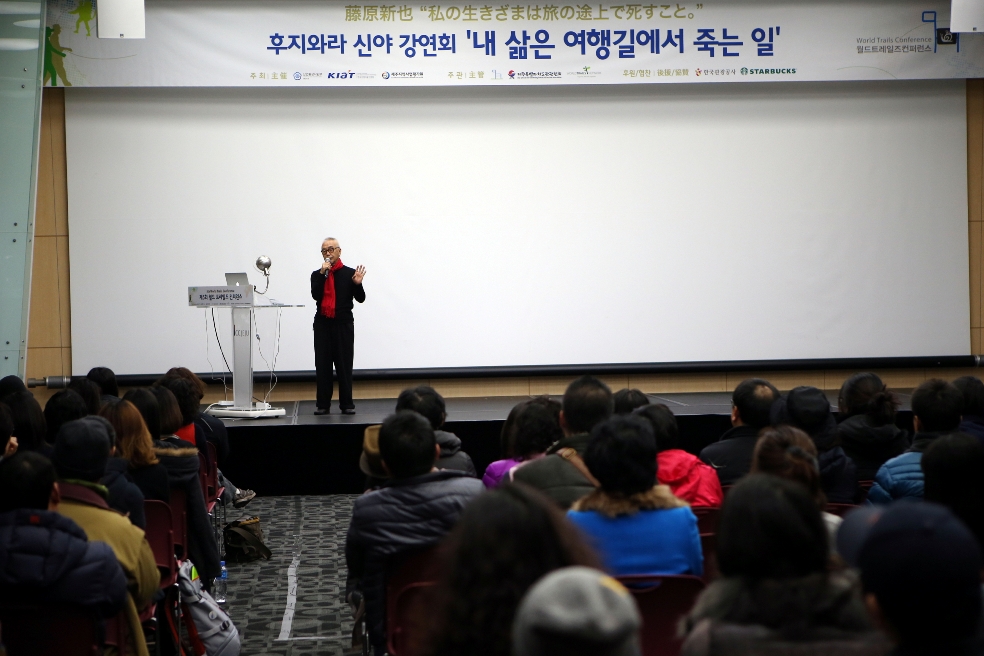

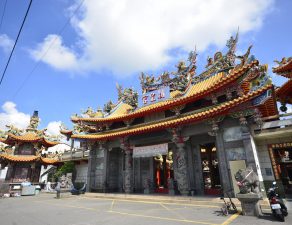
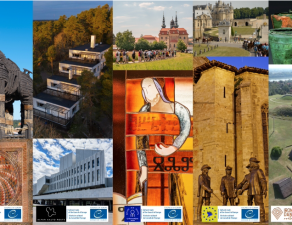
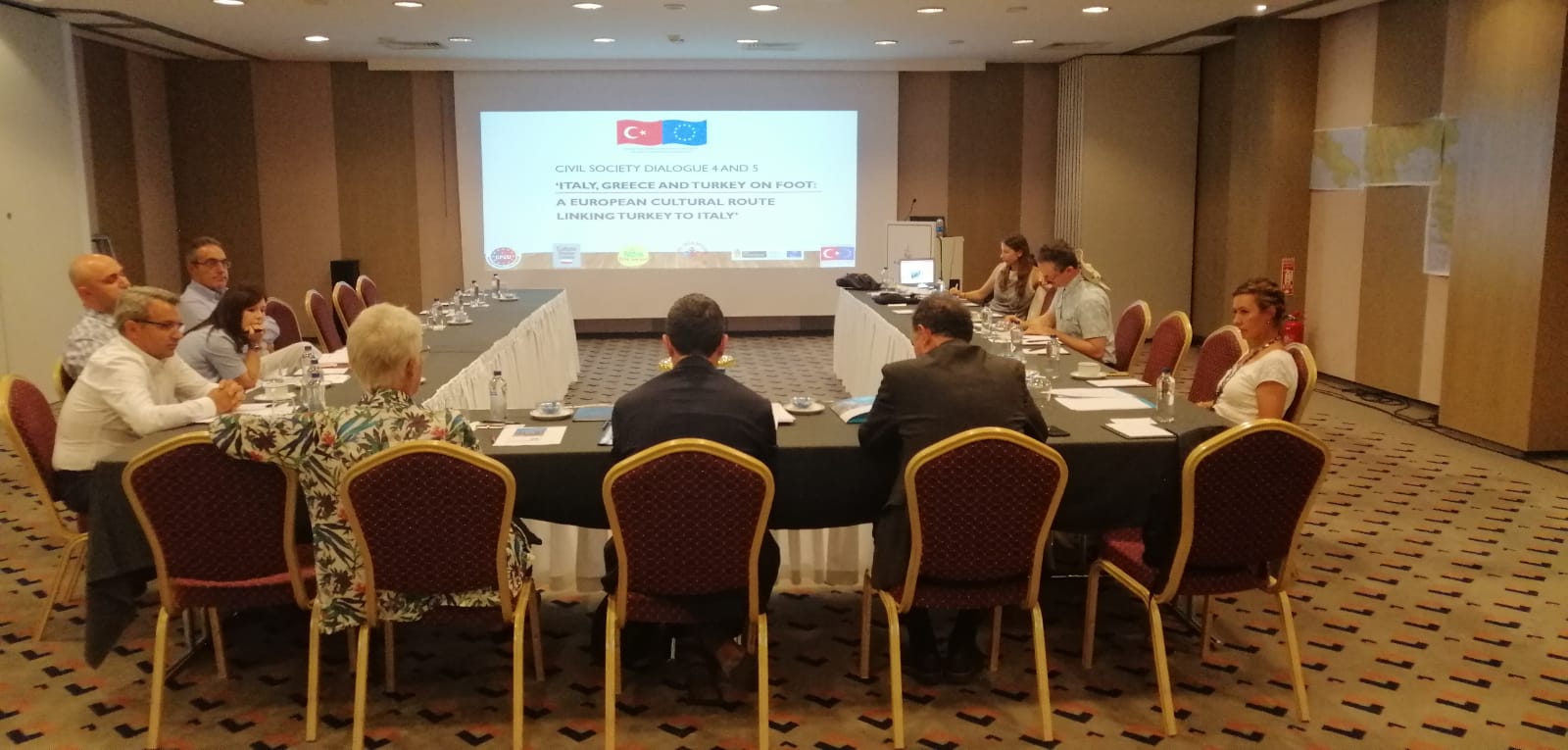

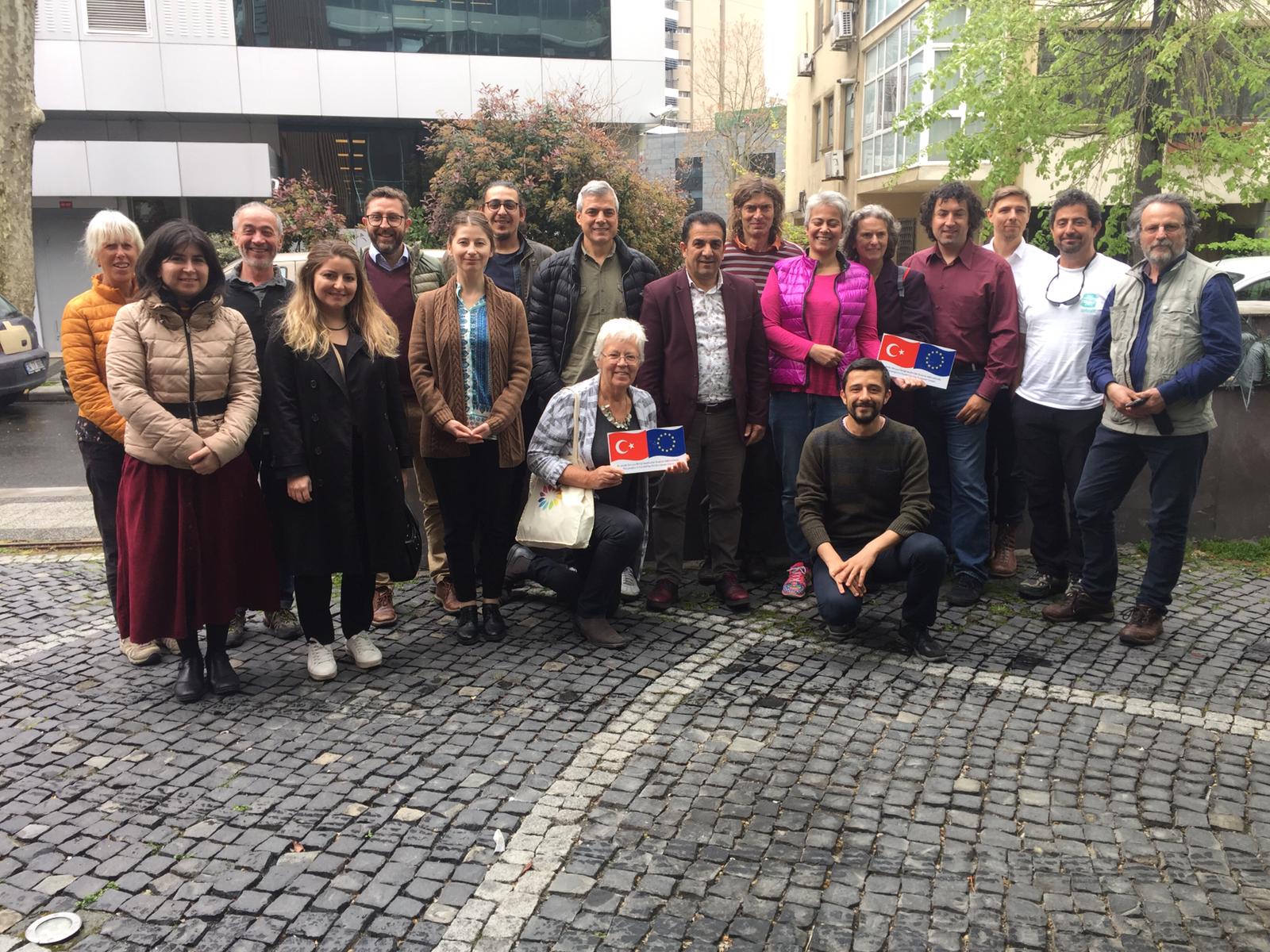
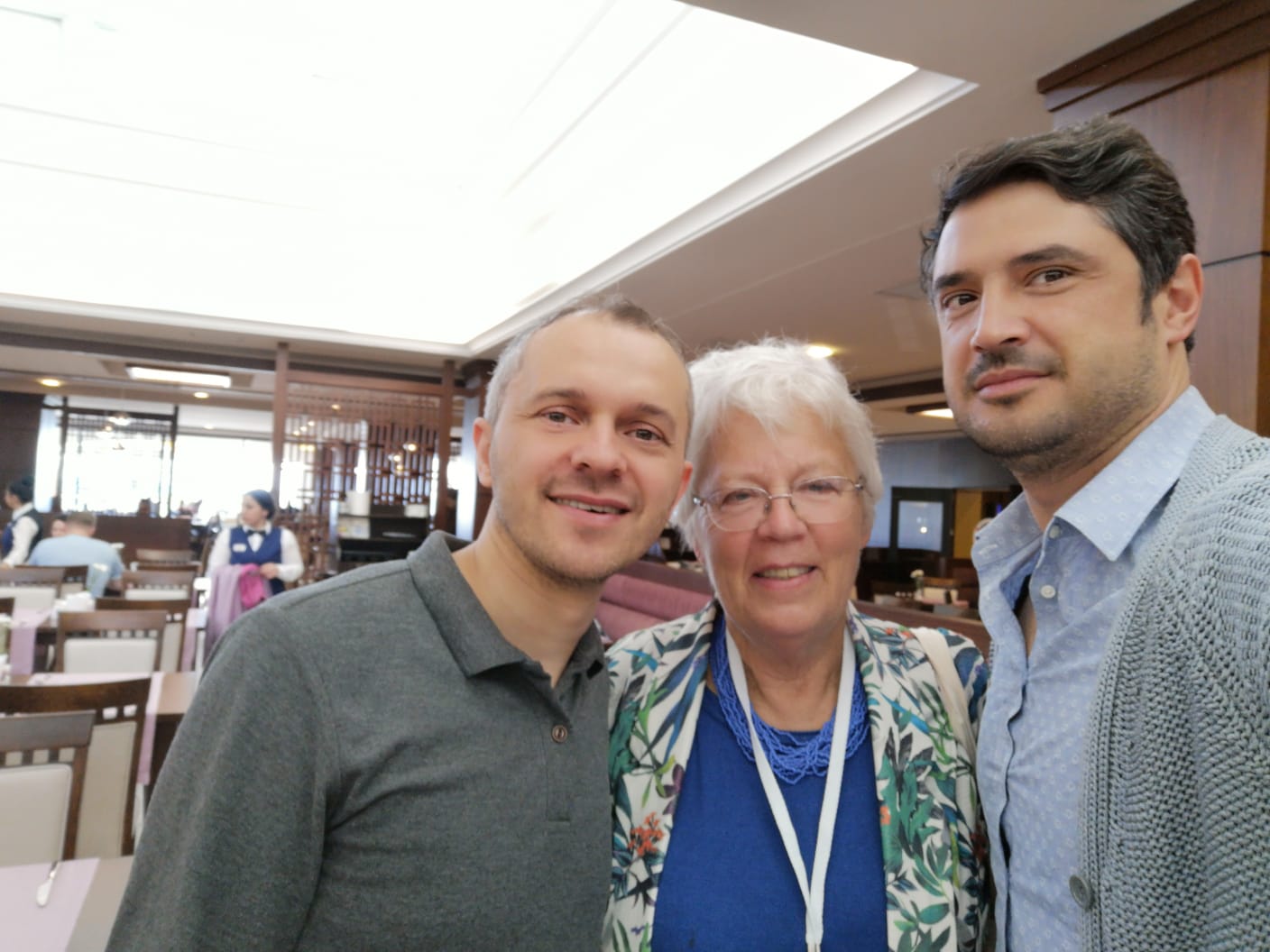
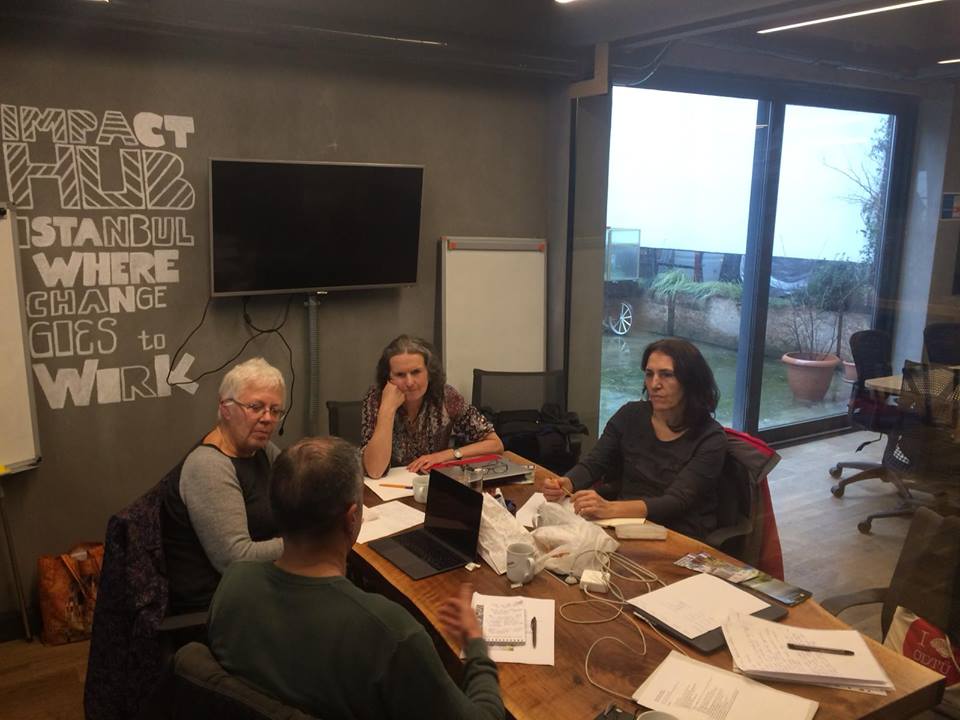
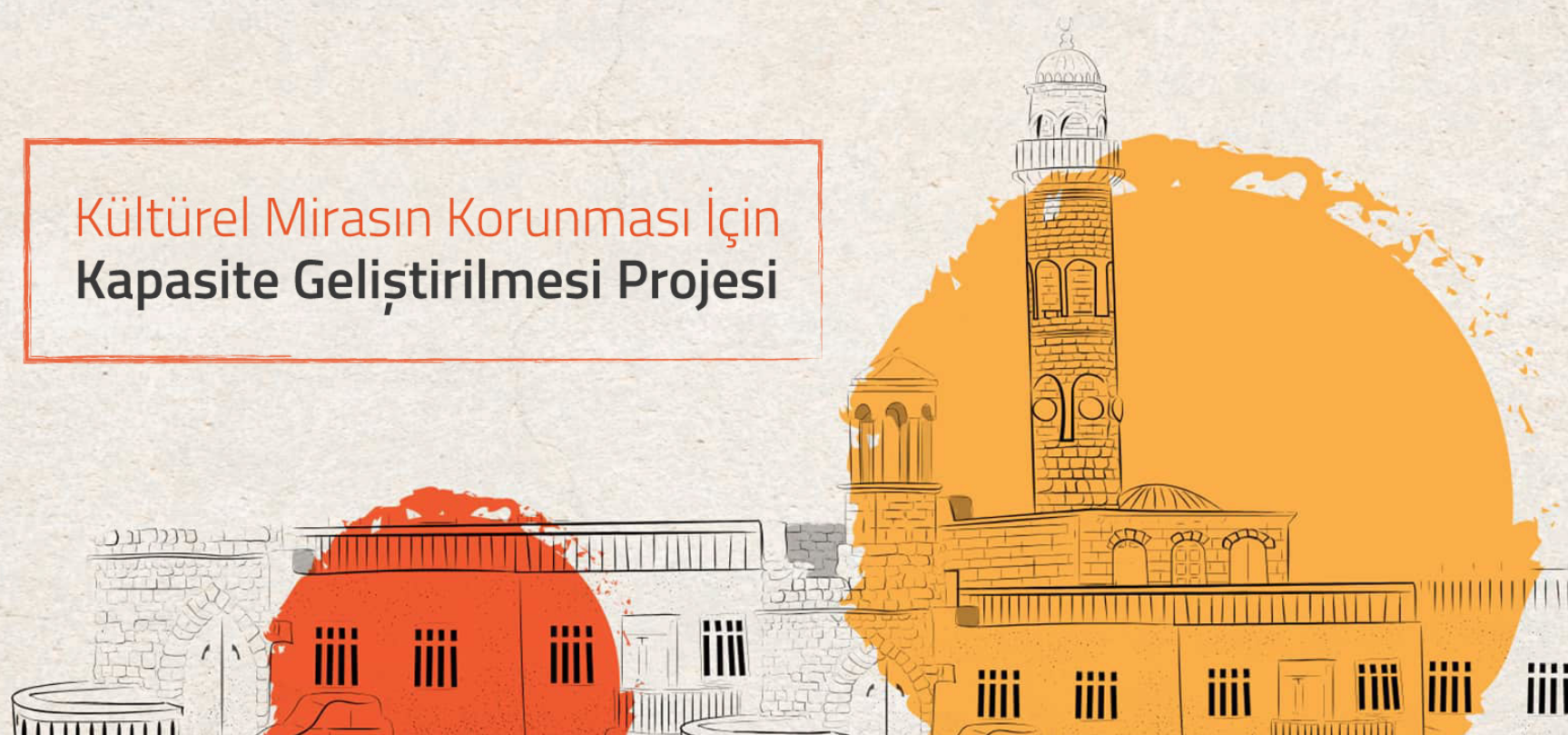
1 Comment
xcvkasdoasf
June 20, 2023
يجب أن تؤخذ طرق التخلص من النمل في الاعتبار يجب أن يتم تنظيف المنزل باستمرار ، وقبل كل شيء من الضروري التخلص من القمامة وفتات الطعام ، فهي السبب الرئيسي لجذب النمل ، وهناك عدة طرق للتخلص منها. القرفة من التوابل المضادة للنمل ، ورائحتها كريهة للنمل ، لذا فهي تقيد وصولهم إلى المنزل. هذا لأنه يحتوي على مجموعة من الزيوت الطيارة. الخل الأبيض الخل الأبيض له رائحة كريهة للنمل ، بالإضافة إلى أنه يفقد الاتجاه والتركيز ، ويستخدم على النحو التالي: اخلطي أجزاء متساوية من الماء والخل الأبيض ، ضع المحلول الناتج في زجاجة رذاذ ، مع إضافة بضع قطرات من الزيت العطري ، رج الزجاجة جيدا ورش المحلول على عش النمل ، كرر هذه العملية مرة واحدة يوميا. البوراكسبوراكس مادة جذابة وسامة للنمل ، تساهم في تدميرها ، وتستخدم على النحو التالي: خلط كميات متساوية من البوراكس وبقايا الطعام وانتشارها على طبق مسطح في الأماكن التي يوجد بها الكثير من النمل. اخلطي البوراكس مع كمية قليلة من السكر وكمية قليلة من الماء لعمل عجينة ، ووزعيها في الأماكن التي ينتشر فيها النمل. اخلطي كميات متساوية من البورق ودقيق الذرة وبضع قطرات من الماء لعمل عجينة ، وضعيها في الأماكن التي يظهر فيها النمل.
https://wnkixiamt.wixsite.com/rawdat-saudia
Write a comment: